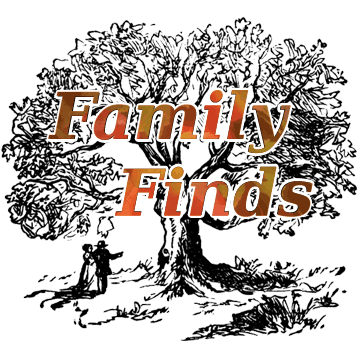
Sheepish Sports
During the 1980’s, my mother, Betty LaFara, participated in a competitive, team sport called Sheep to Shawl. As the name suggests, the competition begins with a sheep and ends with a shawl. A sheep is sheared, the fleece is carded and spun into yarn, the yarn is then woven into fabric, and finally, the fabric is fashioned as a shawl. It is a timed event, typically set at 2 to 4 hours depending on the amount of preparation allowed. An event is made up of 4 to 10 competing teams. Team size is set by the event organizers but will include at least one shearer, three spinners, and one weaver. My mother was the weaver on her team and also did the finishing work on the shawls. The photos I am sharing below are from a couple of events in the summer of 1985, including the Indiana State Fair.
Spinning the Fleece
The spinners, and sometimes other team members, will card the fleece before it is spun. Carding is a process to de-tangle the fleece and make it soft and fluffy for spinning. The cards are paddles, about 8”x5”, with wire barbs and the action is drawing the fleece between two cards a little at a time to create fluffy wads of wool suitable for spinning. I have links in the Sources section that further describes and demonstrates carding and spinning. [1]
Weaving the Fabric
Weaver is the position my mother played on the team. ![]() My mother took up weaving in the mid-1960’s and was very accomplished at the craft. The looms are warped prior to the competition, only wool is used, and the required width is typically 18 to 22 inches, depending on the competition. The warps need to be long enough for a completed piece of fabric to measure, usually, at least 78 inches.
My mother took up weaving in the mid-1960’s and was very accomplished at the craft. The looms are warped prior to the competition, only wool is used, and the required width is typically 18 to 22 inches, depending on the competition. The warps need to be long enough for a completed piece of fabric to measure, usually, at least 78 inches.
My mother says her strongest memory from participating in the Sheep to Shawl competitions is the time they took to prepare for the events. She says the team would meet several times to choose the fleece for both the warp and weft, then work out the design which needed to take in to account the need for quick treadling, and finally they made samples and settled on a final plan for the day of competition. My mother says her team was never the first team done but they usually took first place based on points!
Conclusion
Sheep to Shawl competitions are often included as part of farm festivals, country fairs and textile shows. The one held at the Indiana State Fair in 1985 is the largest I ever attended, there may have been 200 people in the stands. Many events now do not shear the sheep as part of the competition, but do it ahead of time and simply start from a fleece. Which makes the overall competition shorter and are called Fleece to Shawl. Either way, they may not be your usual sports event, but Sheep to Shawl competitions are fun family events and I encourage you to attend one if the opportunity presents itself.
8 Comments
Submit a Comment



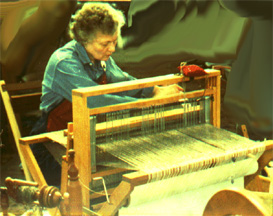

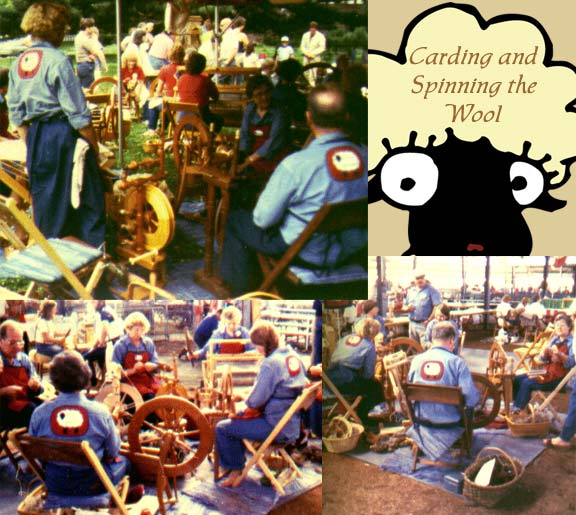
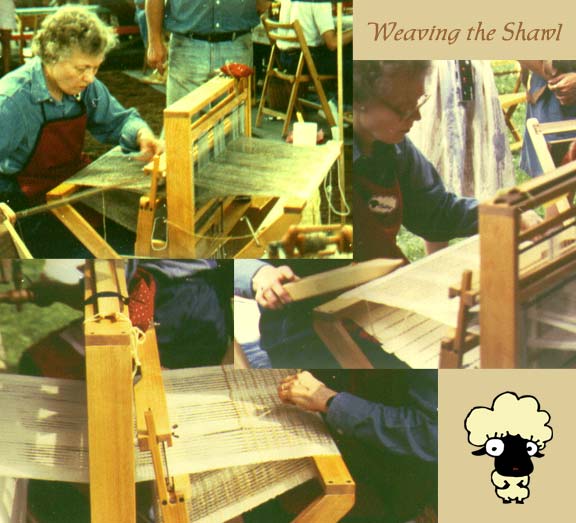
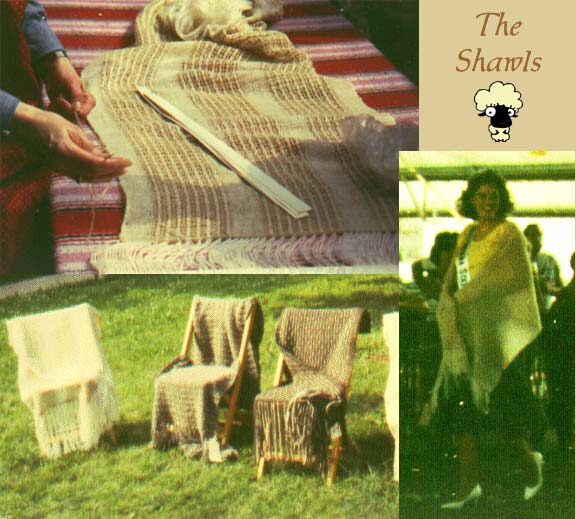
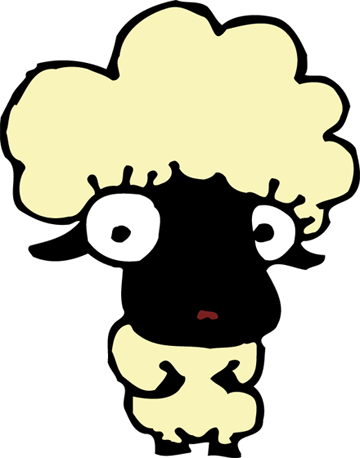
Have attended Sheep to Shawl events but I don’t recall any competition, mostly demonstrations. Wonderful pictures
Thanks, Wendy! Glad you enjoyed the old photos.
Now that is something I never heard of but just fascinating. Wonderful post.
Thanks for reading Cheryl!
Very interesting. Thank you for sharing this type of sporting event.
I have never heard of this type of event – very interesting. Thanks for sharing!
This is so awesome, I had never heard of it but I bet it was fun (and probably a little exhausting too). Thank you for sharing, I enjoyed learning about this!
Hi Becky, Thanks for reading!